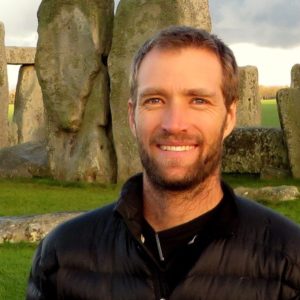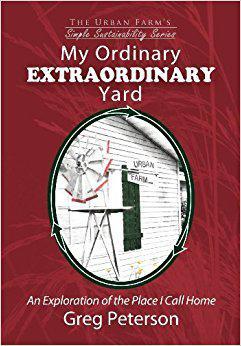199: Kanin Routson on Apple Tree Diversity.
Studying the genetics of an iconic and incredibly wide-ranging fruit.
– – – –
 Kanin, has devoted his life to heritage apple tree diversity. In the pursuit of apple knowledge, Kanin has researched apple varieties from historic homesteads across Arizona, New Mexico, Colorado, and Utah.
Kanin, has devoted his life to heritage apple tree diversity. In the pursuit of apple knowledge, Kanin has researched apple varieties from historic homesteads across Arizona, New Mexico, Colorado, and Utah.
During this research, he documented 34 known apple varieties and 110 unique trees of unknown origin. He has collected and propagated unique varieties of heritage trees from numerous small homestead orchards in Northern Arizona, as well as Capital Reef National Park and the historic Philmont Scout Ranch and Chase Ranch in New Mexico. This research and further research on wild apple genetic diversity led Kanin to complete a Master’s degree at Northern Arizona University and a Ph. D at the University of Arizona.
Kanin’s most recent project is co-founding Arizona Cider, a local hard cider company based out of Prescott, Arizona. This project involves all steps of the cider production process, including the pressing, fermentation, aging, and blending of the cider, as well as the propagation of unique southwest heritage apple trees and over one hundred French, English, German, and American apple varieties.
In This Podcast:
Greg was super excited to talk to Kanin and talk about the history of Apple Trees and find out why there is so much diversity in this very popular fruit tree. Kanin’s interest in apple orchards started young and prompted him to pursue his PhD to study this fruit tree even further. Find out why and what he is doing now with all that research!!
Listen in and learn about:
- Growing up with a special interest in apple trees and fruit trees
- His pursuit of historic fruit tree heritage while getting his degree
- Why he had to expand his interest based on the limitation of a good question
- The reality of Johnny Appleseed
- How orchards were connected to homesteads in early American history
- Why cider was so important back then
- The story of the Rhode Island Green Apple from the early 1800’s
- The southwest American history of the apple trees
- Why the first apple trees in the southwest were all from apple seedlings
- How, and when, the grafted apple trees started to show up in the southwest
- What the difference is between primitive, cider, and kitchen garden orchards
- The summer, fall and winter apples options
- Why certain apples have been selected for market ready conditions
- How climate variability is impacting the apple genetics
- Using DNA to identify apple and how that was accomplished
- How cider is made and why the varieties are so complex
- His goal to make apple cider
- How he learned to graft from a grafter from the old country who had a significant claim to fame
As well as:
- His failure – not staking his apple trees
- His success – learning how to graft and to propagate trees, and developing his network
- His drive – having passion on so many things and an extremely long to-do list
- His advice – plant trees! Learn how to propagate trees and open up your opportunities, become a fruit explorer
Kanin’s Book Recommendations:
Michael Pollen’s: The Botany of Desire (specifically the chapter on apples)
Jean Giono: The Man Who Planted Trees
How to reach Kanin:
Website: ArizonaCider.com
Email: Kaninroutson@gmail.com
UrbanFarm.org/AZCider
*Disclosure:
Some of the links in our podcast show notes and blog posts are affiliate links and if you go through them to make a purchase, we will earn a nominal commission at no cost to you. We offer links to items recommended by our podcast guests and guest writers as a service to our audience and these items are not selected because of the commission we receive from your purchases. We know the decision is yours, and whether you decide to buy something is completely up to you.



The apple discussion is a little loose. Grafted English varieties did not appear in the Colonies until after the 17th century – 1635 is the first recorded orchard, to be exact. Random seeds came over with the Pilgrims, not grafted, European scions and rootstock. Seeds were sown on prepared ground. What germinated to maturity provided the receptive flowers to be cross pollinated with native crabapples – not apples. The random pollinization occasionally produced edible fruit, such as the Roxbury Russet. Most fruit served to provide cider and fodder, because few were outright edible.
Apples are hetero-zygotic, so planting seeds does not yield the same tree as the parent. It was only when the wealthy landed class later imported grafted rootstock that attempts were made to grow English varieties in North America.
Thank you very much for this lively and informative interview! Here’s a 2015 book somewhat related to one of Kanin’s favorites: “The Man Who Planted Trees: A Story of Lost Groves, the Science of Trees, and a Plan to Save the Planet” by Jim Robbins. This one is true; I find both books very inspiring.